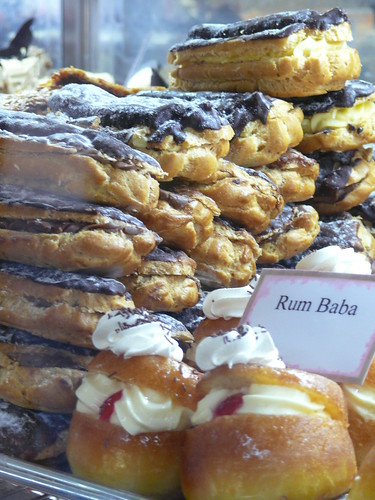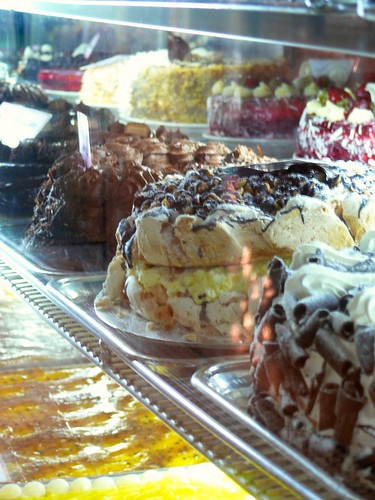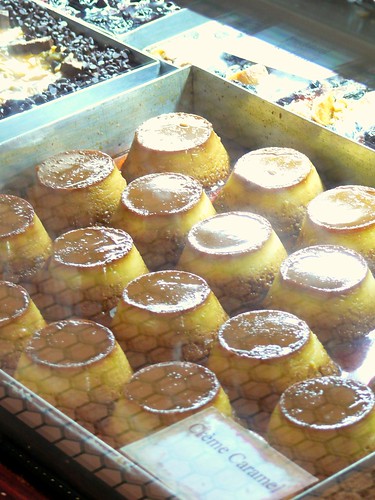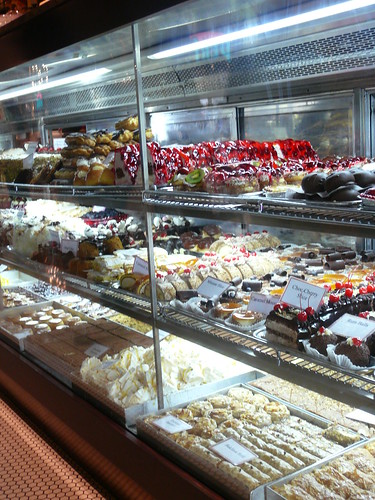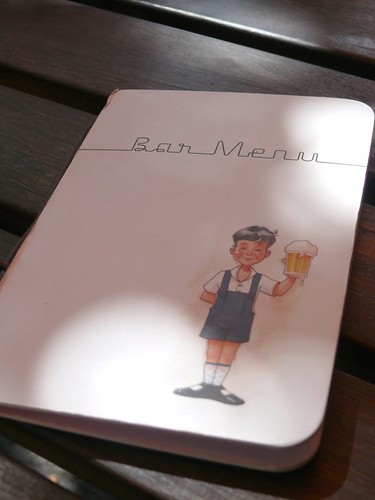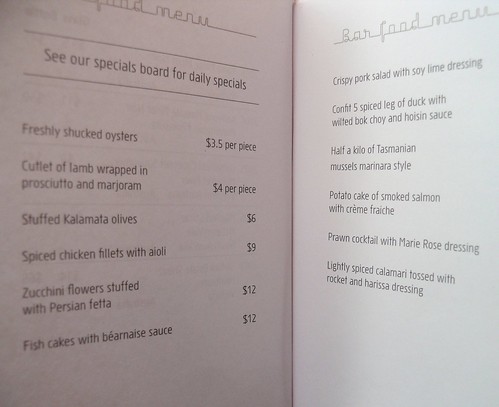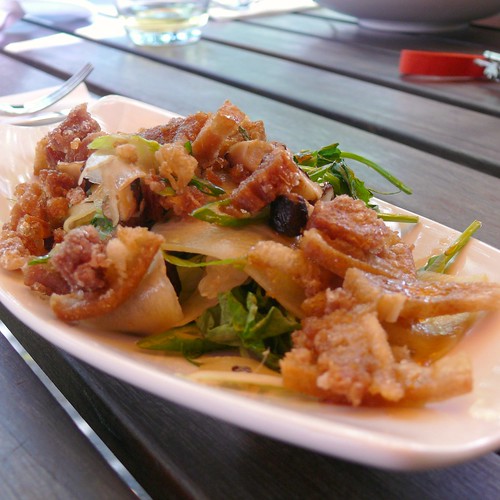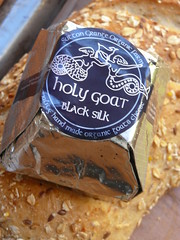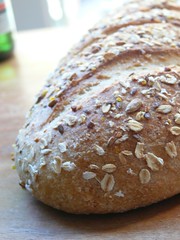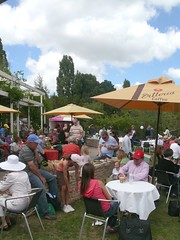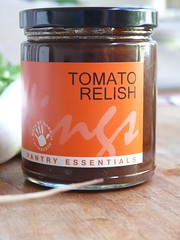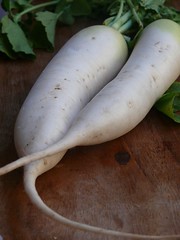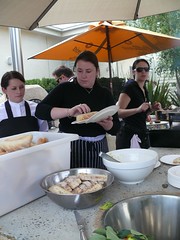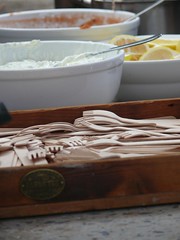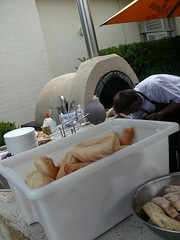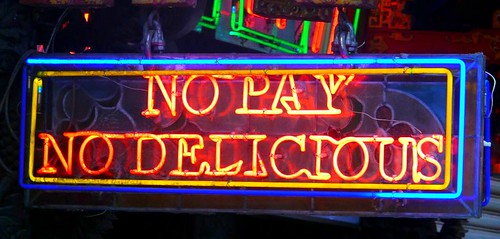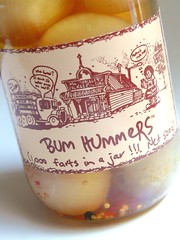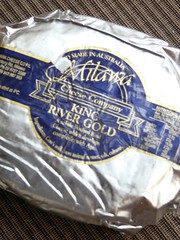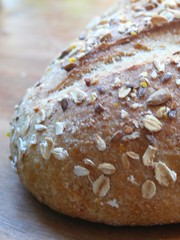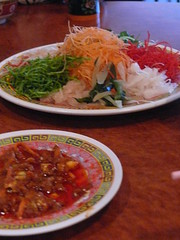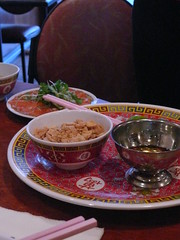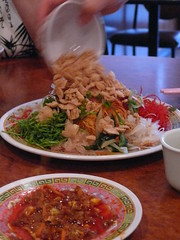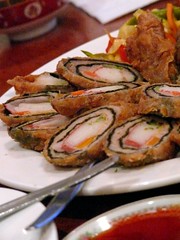
Nostalgia equals comfort. The rosy hues of memories are often brought back by the waft of a smell and consequently everyone identifies certain dishes nostalgically as their comfort food. When eaten, these dishes nurture us and provide solace in such a unique way. Sometimes these favourites are also a guilty pleasure, which puts a number of our favourites in the ‘Break Glass in case of Emergency’ category.
Having had an eclectic upbringing my comfort foods are a mixed bag. Recently Food Writer and Blogger Pat Churchill suggested that she would like to read about mine on the blog, and some time earlier Ed Charles had suggested I write about one of my favourites - the proper way to make steamed fish in the Chinese manner.
So, this will be the first of a regular series of posts about my comfort foods. Other dishes I may write about - aside from Steamed fish - include Pho Bo, Congee, Gon Chow Ngow Hor, Csirkepaprikás, Cha Sui, Banh Xeo, Green Curry, Crab Custard, Rakott Krumpli, Liptauer, Gorgonzola Gnocchi, Yorkshire Pudding, Golden Syrup Dumplings, Kugelhopf (George - mine’s probably more like Kugler Csokoládés Maktortája), Chocolate Cognac Ice Cream.
I’m going to start off with the pancakes I made for Shrove Tuesday. It’s a Hungarian stuffed pancake dish and comes from the Hortobágy steppes, a World Heritage Listed plain, where horseman herded and grazed cattle for centuries. Historically the diet there was very heavy in meat.
The dish usually requires veal or a mix of different ground meats, but I had some venison set aside, which works well on its own but chose to add Kaiserfleisch because venison is so lean. The flavours of smoked meats are also common to many dishes from this area, so it was not inappropriate.
It is said that the Hortobágy cattlemen would carry smoked meat and salamis with them to snack on and chew, on long rides. In a small cauldron, they would flavour a stew with these and throw in some caraway and onion. This is in fact also the origin of many traditional dishes such as Gulyás, Pörkölt & Tokány (Goulash/Stew).
You’ll find this particular pancake dish served as an entrée in Hungarian restaurants, but we eat it as a main with some shredded red cabbage simply braised in apple juice with caraway seeds.
It brings the memories flooding back of my Aunty Susi and her family yelling at each other boisterously in a Robin Boyd Mid-Century Modern house furnished uncomfortably with heirloom Featherstone furniture, while I struggled to make sense of my place in the world. And finding comfort in the cooking of an odd-bod collection of extended family, consisting of unrelated, sympathetic Mittle European Holocaust survivors, I gave thanks just to be alive.
Húsos Palacsinta a HortobágyrólHortobagy style Venison and Paprika stuffed pancakes
Makes 3 servings
(filling & sauce)
250g Ground Venison
50g diced Kaiserfleisch
1 finely diced medium sized onion
1 smashed clove of garlic
Pinch of salt and pepper
2 teaspoons of smoked paprika
1 cup of sour cream
½ cup Tokay
3 table spoons mild paprika relish
1 table spoon cornflour
Sauté Onions with Kaiserfleisch in a little olive oil (Hungarians use lard, goose or duck fat). Add venison and garlic, brown, season then cook covered on medium heat for a few minutes.
Strain off any pan juices, if there are any, and reserve. Add smoked paprika and a tablespoon of the sour cream and simmer for another few minutes until the smell is rich and fragrant. Remove from pan and rest before placing into crêpes and rolling up.
Deglaze the pan with Tokay (or Muscat/Sherry/Port). Add pan juices. Mix the paprika relish and corn flour into the sour cream; it should turn orange. Add to pan and simmer until the sauce has thickened, then pour over the rolled, filled crêpes.
My parents got me making pancakes and crepes when I was eight years old. This is my original recipe, which I alter according to the application. Though these days I no longer need to follow the recipe. I pull it together adding the quantities based on sight, texture and demand. For the dish above I would make the mixture a little thicker than the basic quantity with some extra flour.
Because I originally took the recipe from a cookbook in the UK in the seventies, the measurements are imperial, but I have converted them for you.
Stickyfingers Crêpes
5oz/140g sifted Plain Flour
2 Eggs
1 Dessert Spoon Castor Sugar (omit for savoury dishes)
½ pint/300ml milk
Grated rind of a lemon (can omit for savoury dishes)
1 tablespoon melted butter
In a jug add eggs to flour and sugar; whisk. Gradually add milk and butter in a stream as you beat and when the mixture is smooth add the lemon rind. Rest until the batter is the consistency of thickened cream. The Batter can be thinned further with water if required.
*TIP: To make a waffle batter add 1½ tsp baking powder
Pour a little batter into a lightly greased sauté pan and rotate until the base is coated with the mix. When the edges are a little crisp and air pockets start forming under the centre, loosen the edges of the pancake and flip or toss.
Paul Bocuse once said that the first crepe always goes to the dog. This is generally because the first one is heavier and the pan needs to lose a little of the fat for a perfect result in rolling the mix around the base of the pan.
**BTW Happy Chinese New Year - Kung Hei Fat Choy!
As celebrations last 15 days, I will endeavour to give you a run down on the food and its links to Chinese New Year traditions in posts to come.

